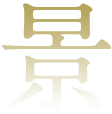- [Shajiraku]Homepage
- Location
- Choko-in Temple (Myoshin-ji branch of the Rinzai Zen school)
- Location
Selection - Experience
Selection - To
Provisional
Reservation
Request
景Location
Choko-in Temple (Myoshin-ji branch of the Rinzai Zen school)
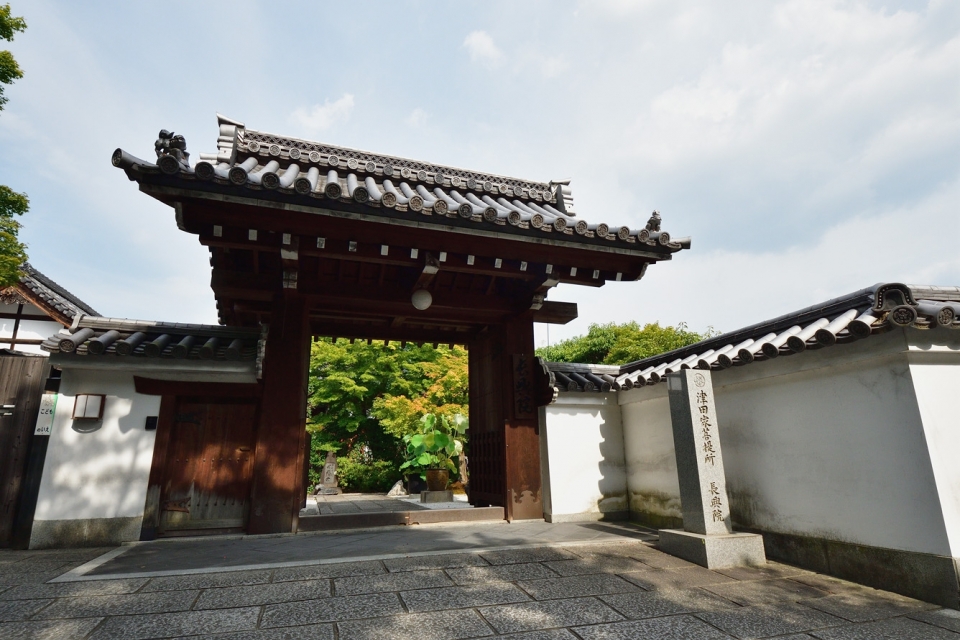
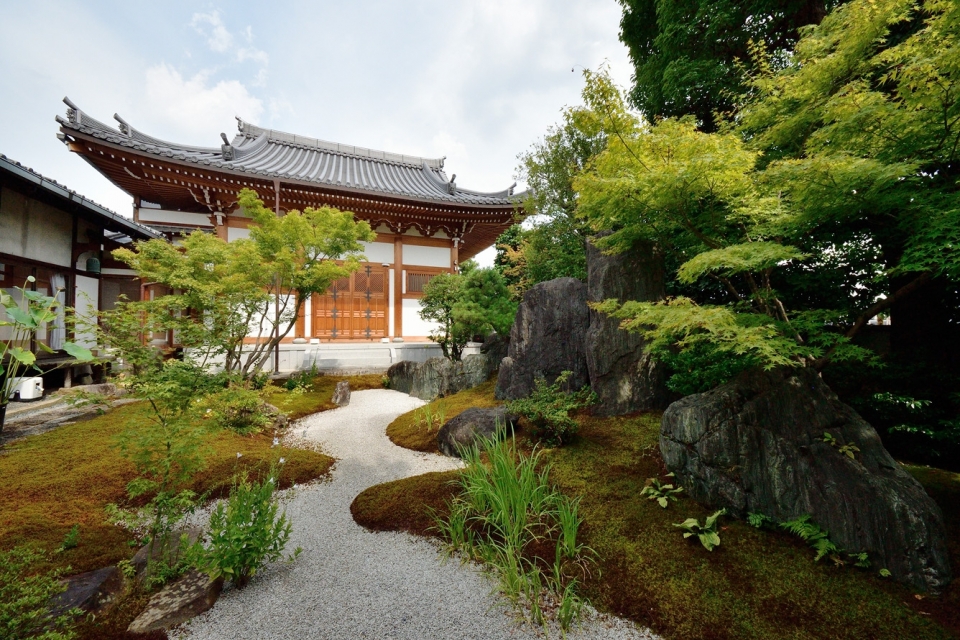
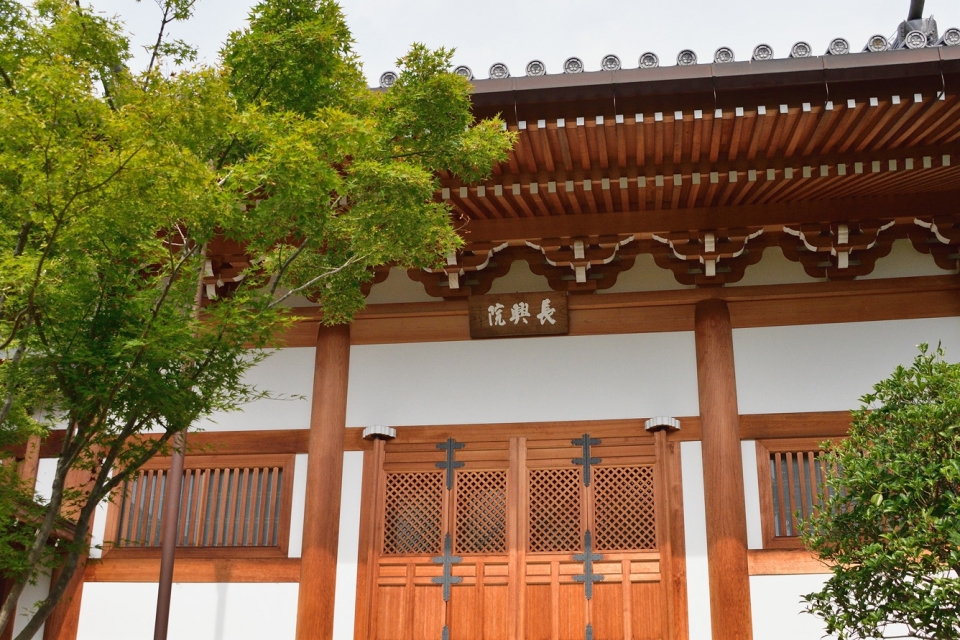
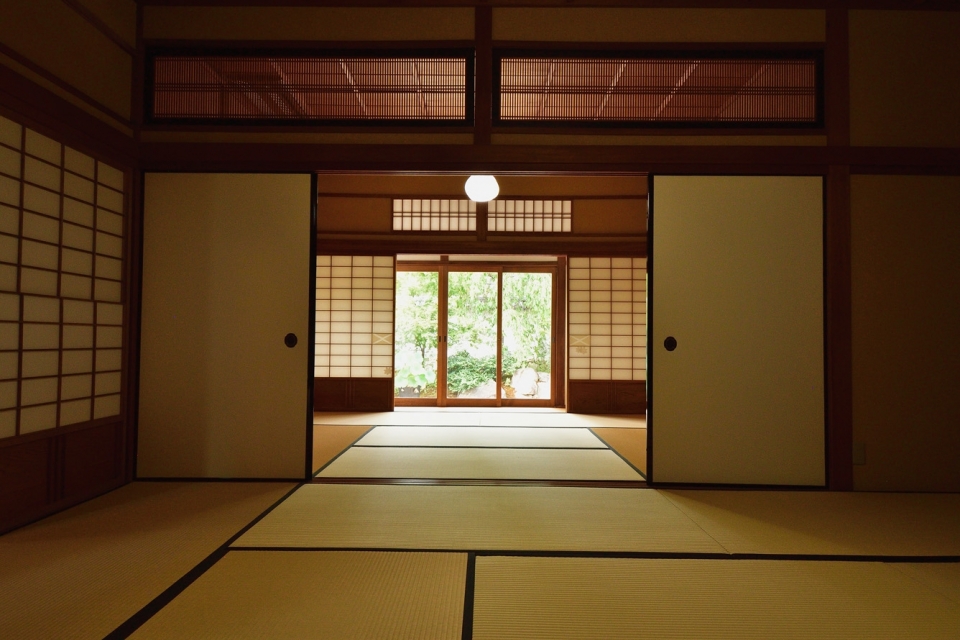
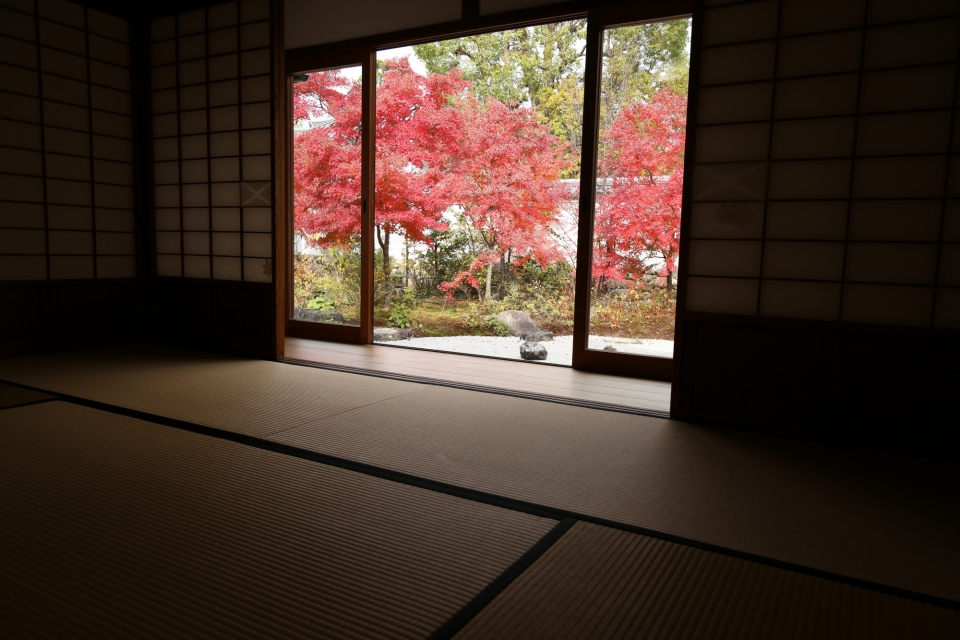
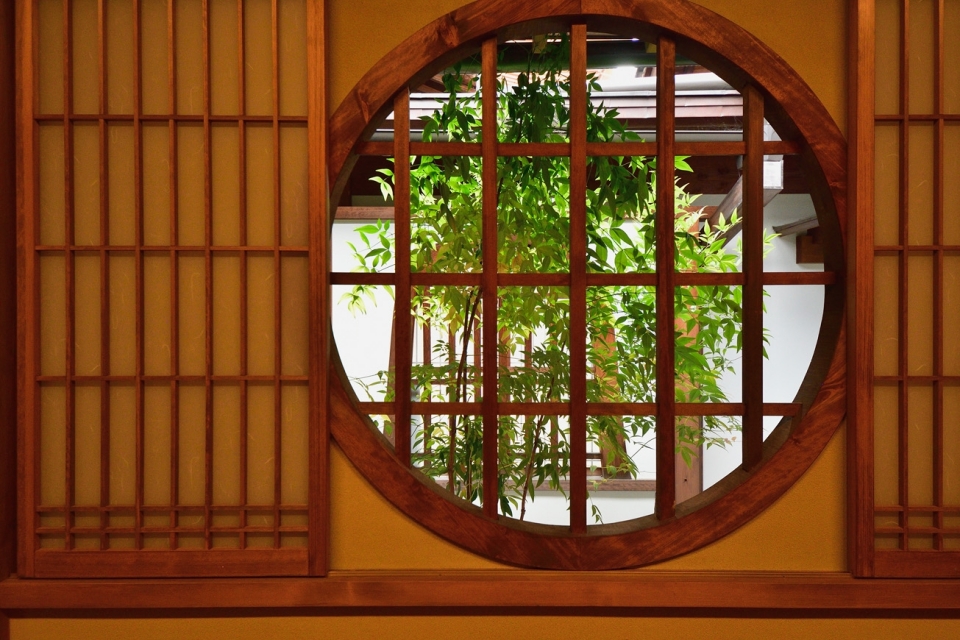
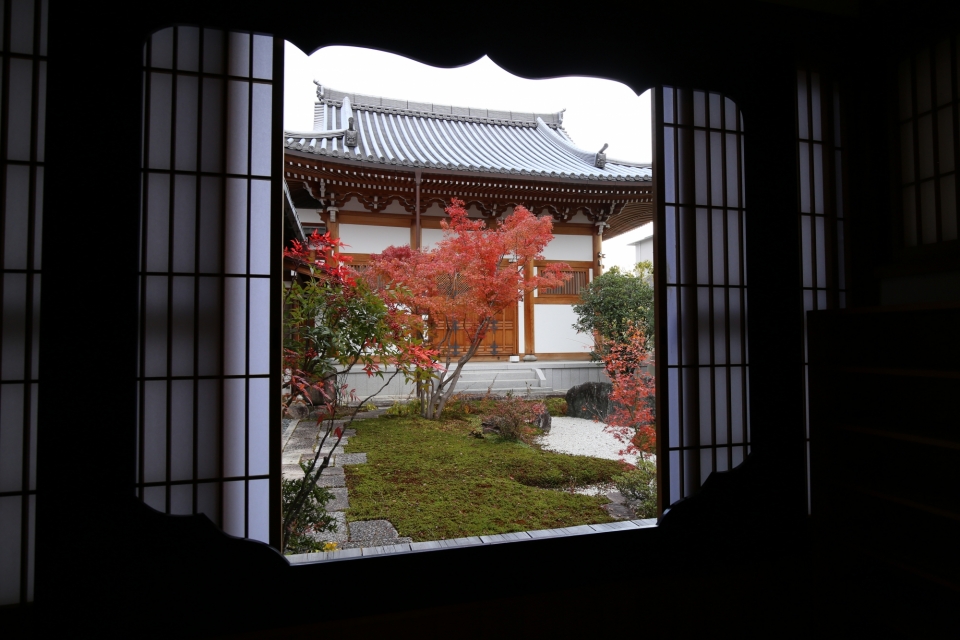
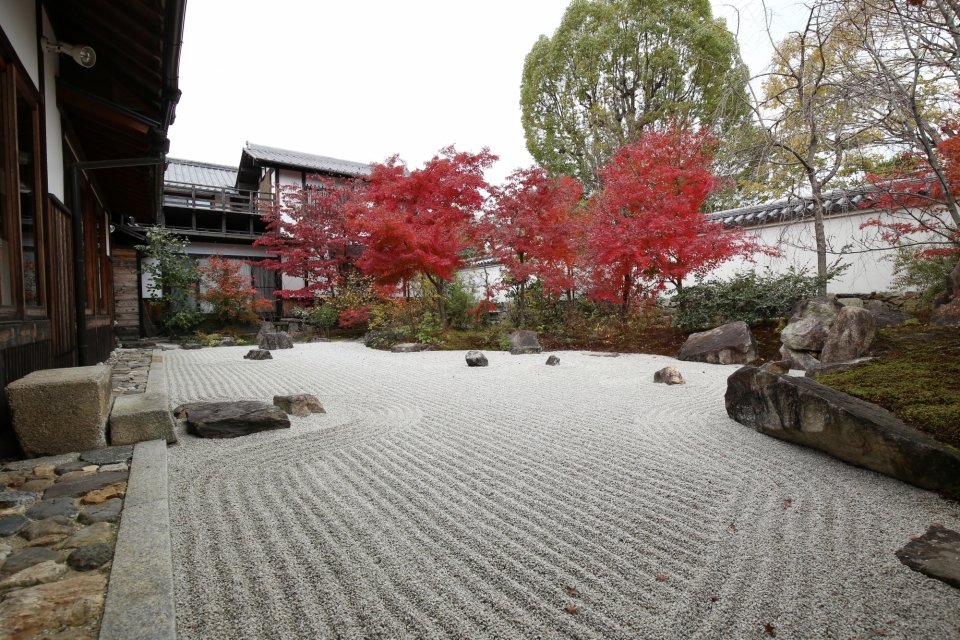
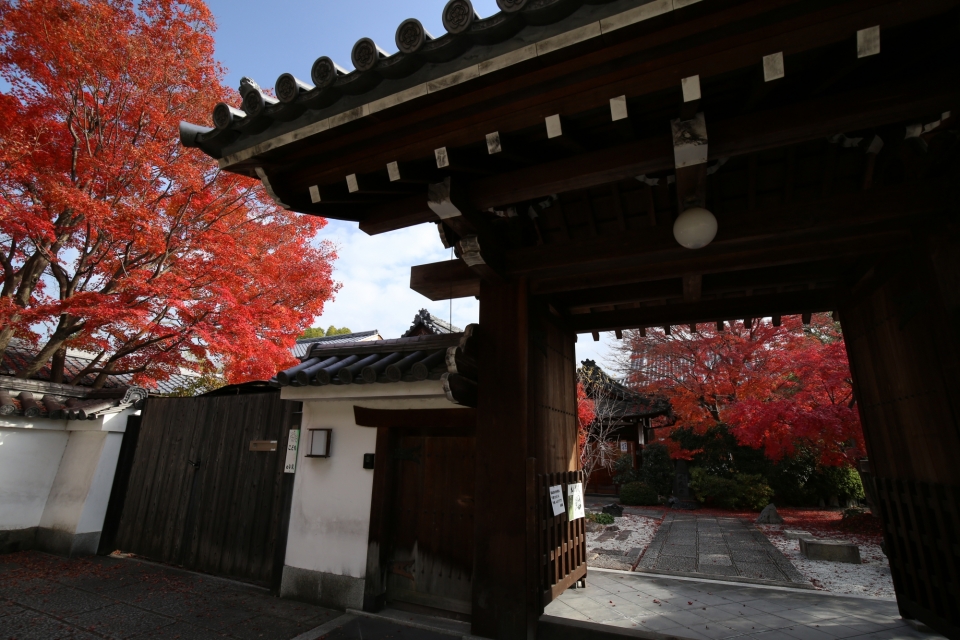
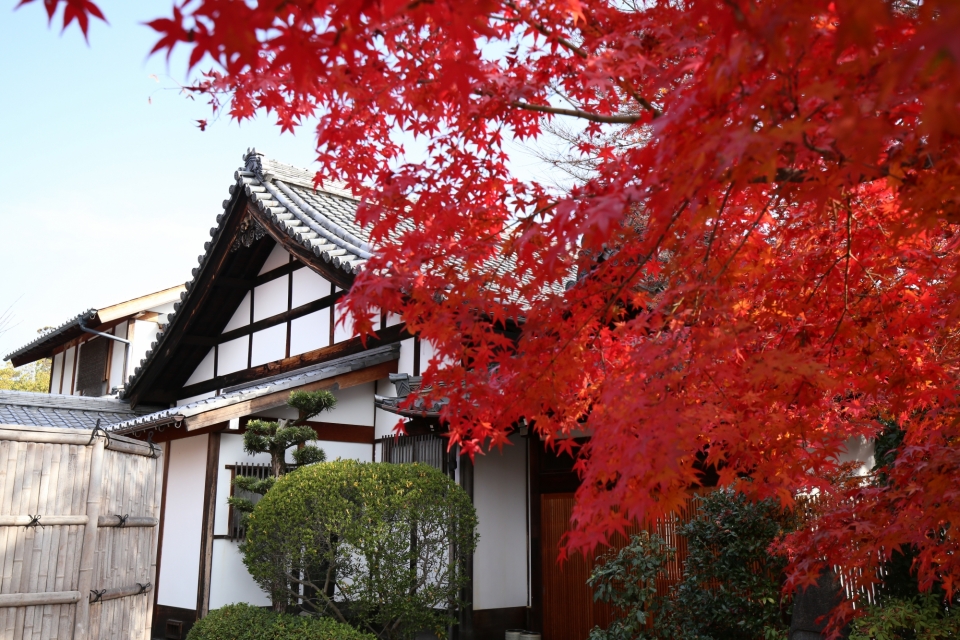
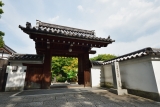
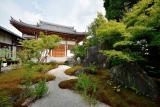
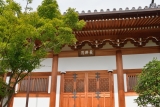
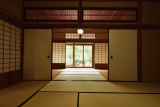
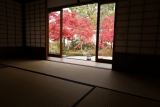
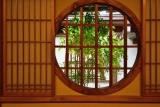
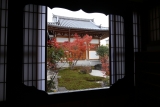
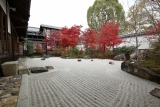
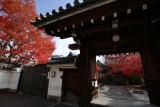
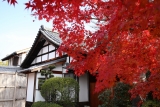
Tsuda Koheiji Hidemasa, founder of Choko-in Temple who served under Oda Nobunaga, Toyotomi Hideyoshi, and Tokugawa Ieyasu
Tsuda Hidemasa (1546–March 18, 1635) was a military commander active from the Warring States period to the Edo period (Nickname: Koheiji; Real name: Hidemasa ; Religious name: Koan). His wife was the adopted daughter of Takigawa Kazumasu.
When Tsuda’s adopted son Tsuda Masashige died in 1606, Tsuda re-established Yokokuan Temple, which was established by Takigawa Kazumasu with his child Kuten Sozui serving as the founder, renamed it Yokoku-in and made it the Tsuda family temple. The Tsuda family was related to the Oda family and both Tsuda and his father Hideshige served under Oda Nobunaga and was under the command of his father-in-law Takigawa Kazumasu.
In 1582, Tsuda was put in charge of Matsuida Castle. However, Tsuda became a ronin (masterless samurai) when Takigawa Kazumasu was defeated during the Battle of Shizugatake. Tsuda would go on to serve under Oda Nobukatsu, Oda Nobunaga’s second son. After Nobukatsu’s downfall, he served Toyotomi Hideyoshi as an umamawari (horse guard) and his name is listed as the guard of the inner citadel of Nagoya Castle in Hizen Province.
Following the death of Toyotomi Hideyoshi in 1598, Tsuda served under Tokugawa Ieyasu. In 1600, he became a taishin hatamoto (greater vassal) granted 3,000 koku (a koku is a unit of rice, enough rice to feed one person for one year) by Ieyasu for his success during the Subjugation of Aizu and the Battle of Sekigahara, bringing his holdings to over 4,010 koku. He took part in the Siege of Osaka in 1614.
In 1616, Tsuda became a monk in Kyoto called Koan and became a master of tea ceremony. He passed away in 1635 at the age of 91. His posthumous Buddhist name is Chokoinden Kogan Dokei Daikoji. At the time of his death, Yokoku-in Temple’s name was changed to Choko-in Temple based on Tsuda’s posthumous Buddhist name.
Choko-in Temple was later combined with Daiun-in Temple, which had been established as the family temple of Oda Nobutada by Kuten Sozui and Jitokuin (Nobutada’s nursing mother).
Tsuda’s Connection with Ankoku-ji Tea Caddy and Choko-in Temple
Originally called the Ariake tea caddy, the Ankoku-ji tea caddy was one of Toyotomi Hideyoshi's cherished items which he later passed down to Hosokawa Sansai. However, Hosokawa had to sell it due to financial problems. It eventually came into the hands of Ankokuji Ekei, which is why it has become known as the Ankoku-ji tea caddy. The tea caddy would later become the property of Tokugawa Ieyasu. When Tokugawa Ieyasu offered to reward Tsuda with an entire province if he achieved excellent performance during the Battle of Sekigahara, Tsuda replied, “Rather than a province, I would like Ankokuji Ekei’s tea caddy.” Tsuda went on to perform successfully on the battlefield and, keeping his promise, Tokugawa Ieyasu gave him the tea caddy.
Then during one of Tsuda's tea parties, Hosokawa, who had been invited, came across his old tea caddy and could not repress the desire to take it with him. He waited until the host went to the kitchen, secretly hid it in his breast pocket and wrote down a Saigyo Hoshi's poem Toshi takete mata koyubeshi to omoiki ya inochi narikeri Sayo no Nakayama (I never thought I would cross Sayo no Nakayama ever again. I could do this because I am still alive) as a note for Tsuda before leaving. Based on this occurrence, the tea caddy gained another name as well—the Nakayama tea caddy. After he arrived home, Hosokawa Sansai sent a servant to gift Tsuda with 200 golden coins, together with some a set of seasonal clothes and food and drink, to apologize for his impoliteness. Tsuda was impressed by this enthusiasm and forgave him. However, he did not accept the gold, so in the end Hosokawa used it to erect a Buddhist temple which became Choko-in Temple. What makes the Ankoku-ji tea caddy special is its whitish gray spotted pattern on one side in a black amber glaze.
The Ankoku-ji tea caddy is currently held by the Gotoh Museum in Setagaya-ku, Tokyo Prefecture.
Reference: Hosokawa Sansai Nenpu (Chronological Record of Hosokawa Sansai), Toshogu Gojikki Furoku (Annex of the True Record of Tokugawa Ieyasu), Chanoyu Kojidan (Legends of the Tea Ceremony), Chaji Hiroku (Secret Notes on Tea Gatherings), Buke Shichitoku (Seven Virtues of the Samurai), and Taisho Meikikan (Taisho [Period] Appraisal of Famous Vessels))
Location Details
Name of Location
Choko-in Temple (Myoshin-ji branch of the Rinzai Zen school)
Address
Kyoto 616-8035
Guest Capacity
2 to 10 persons
Admission fee
- Morning70,000yen
- Afternoon70,000yen
- All Day120,000yen
What’s New
Only vegetarian cuisine is available at this location.
Please select an experience available at this location on the next page.




